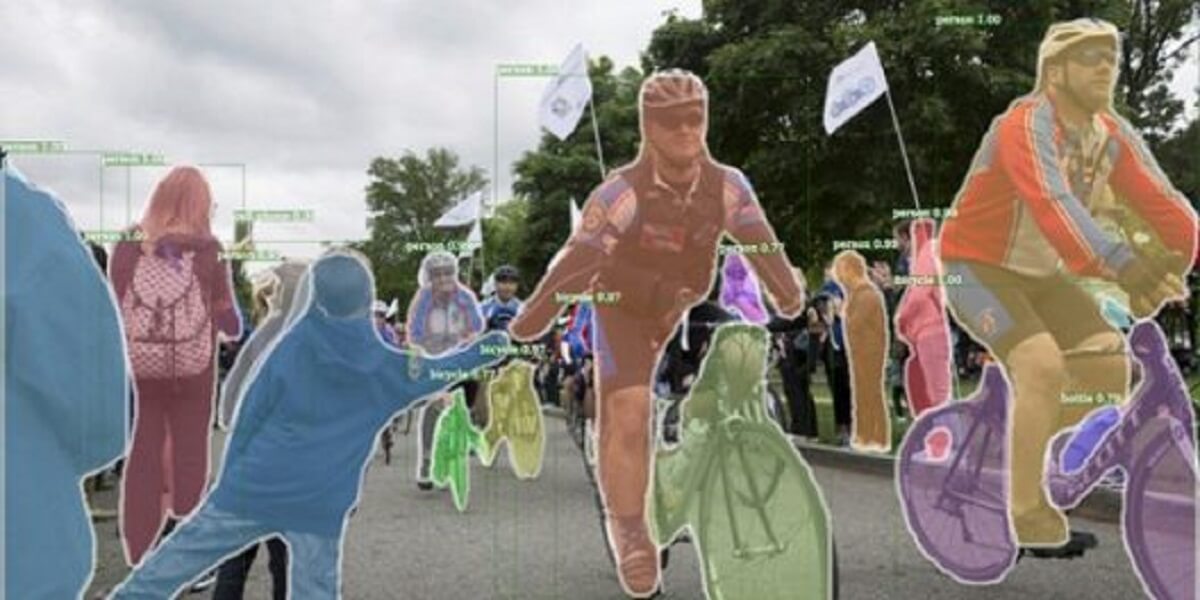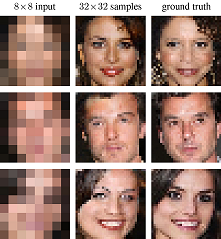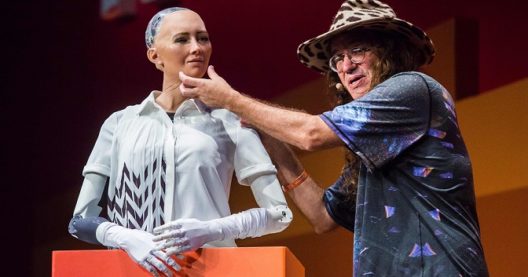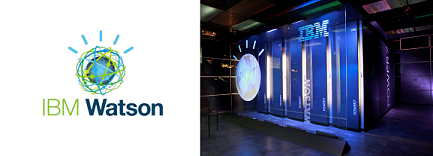Artificial Intelligence Certification Course
- 19k Enrolled Learners
- Weekend
- Live Class
Deep Learning is clearly a field that has seen crazy advancements in the past couple of years. These advancements have been made possible by the amazing projects in this area. The need for Data Scientists and AI Engineers are high in demand and this surge is due to the large amount of data we collect. So, in this article, I’ll discuss some of the top Deep Learning Projects. Moreover, if you want to get better at Deep Learning and pursue a complete job profile into this, you can check out Deep Learning Certification by Edureka and get certified!
Deep Learning with Tensorflow certification helps you master application part of AI. You can learn it from the link: (https://www.edureka.co/ai-deep-learning-with-tensorflow)
Lung cancer has long been one of the most difficult forms of the disease to diagnose. With doctors using their eyes for detection, the nodules are harder to spot and as a result, the cancer is either detected too late or not detected at all. The nodule can have a variety of looks, and it takes doctors years to know all the different looks.
12 Sigma uses deep learning to train an AI algorithm that would help doctors analyze CT scan images more efficiently. They train the models on GPU-powered neural networks that run 50 times faster than those running CPUs. Hospitals using the Model can get results in under 10 min which saves at least 4-5 hours of Doctor’s work.
Detectron is Facebook AI Research’s software system that implements state-of-the-art Object Detection algorithms. It is written in Python and powered by the Caffe2 deep learning framework. You can detect every object in a video and that too live.

The goal of Detectron is to provide a high-quality, high-performance codebase for object detection research. It is designed to be flexible in order to support rapid implementation and evaluation of novel research. It contains more than 50 Pre-trained models. It’s an amazing Deep Learning Project.
Deep Learning is also doing major advancements in audio processing and it’s not just generating music or classification. WaveGlow is a Flow-based Generative Network for Speech Synthesis by NVIDIA.

WaveGlow combines insights from Glow and WaveNet in order to provide fast, efficient and high-quality audio synthesis, without the need for auto-regression. WaveGlow is implemented using only a single network, trained using only a single cost function: maximizing the likelihood of the training data, which makes the training procedure simple and stable.
Google Brain has devised some new software that can create detailed images from tiny, pixelated source images. Google’s software, in short, basically means the “zoom in… now enhance!” TV trope is actually possible. First, take a look at the image on the right.

The left column contains the pixelated 8×8 source images, and the center column shows the images that Google Brain’s software was able to create from those source images. For comparison, the real images are shown in the right column. As you can see, the software seemingly extracts an amazing amount of detail from just 64 source pixels. It’s ana amazing Deep Learning Project.
No challenge today is more important than creating beneficial Artificial General Intelligence (AGI), with broad capabilities at the human level and ultimately beyond. OpenCog is a project that aims to build an open-source artificial intelligence framework.

The human brain consists of a host of subsystems carrying out particular tasks: some more specialized, some more general in nature. The OpenCog design aims to capture the spirit of the brain’s architecture and dynamics without imitating the details. Sophia the great AI Bot is one of the first of it’s kind to possess the traits of AGI.
A longstanding goal in character animation is to combine data-driven specification of behavior with a system that can execute a similar behavior in a physical simulation, thus enabling realistic responses to perturbations and environmental variation.

DeepMimic is an example-Guided Deep Reinforcement Learning of Physics-Based Character Skills. The reinforcement learning (RL) methods can be adapted to learn robust control policies capable of imitating a broad range of example motion clips, while also learning complex recoveries, adapting to changes in morphology, and accomplishing user-specified goals.
Imagine you have a half image of a scene and you wanted the full scenery, well that’s what image outpainting can do that for you. This project is a Keras implementation of Stanford’s Image Outpainting paper. The model was trained with 3500 scrapped beach data with argumentation totaling up to 10500 images for 25 epochs.

This is an amazing paper with a detailed step by step explanation. A must-try example for all the Deep Learning Enthusiasts. Personally, this is my favorite Deep Learning project.
Watson is an IBM supercomputer that combines Artificial Intelligence (AI) and sophisticated analytical software for optimal performance as a “question answering” machine. The supercomputer is named for IBM’s founder, Thomas J. Watson. It is the open, multi-cloud platform that lets you automate the AI life cycle.

Applications for Watson’s underlying cognitive computing technology are almost endless. Because the device can perform text mining and complex analytics on huge volumes of unstructured data, it can support a search engine or an expert system with capabilities far superior to any previously existing.
The possibility of IBM Watson is endless. It works in major areas like:
Also, If you wish to enroll for a complete course on Artificial Intelligence and Machine Learning, Edureka has a specially curated Artificial Intelligence Course that will make you proficient in techniques like Supervised Learning, Unsupervised Learning, and Natural Language Processing. It includes training on the latest advancements and technical approaches in Artificial Intelligence & Machine Learning such as Deep Learning, Graphical Models, and Reinforcement Learning.
 Thank you for registering Join Edureka Meetup community for 100+ Free Webinars each month JOIN MEETUP GROUP
Thank you for registering Join Edureka Meetup community for 100+ Free Webinars each month JOIN MEETUP GROUPedureka.co